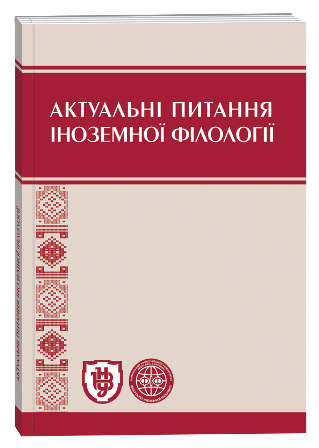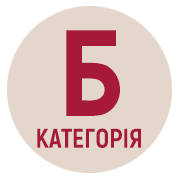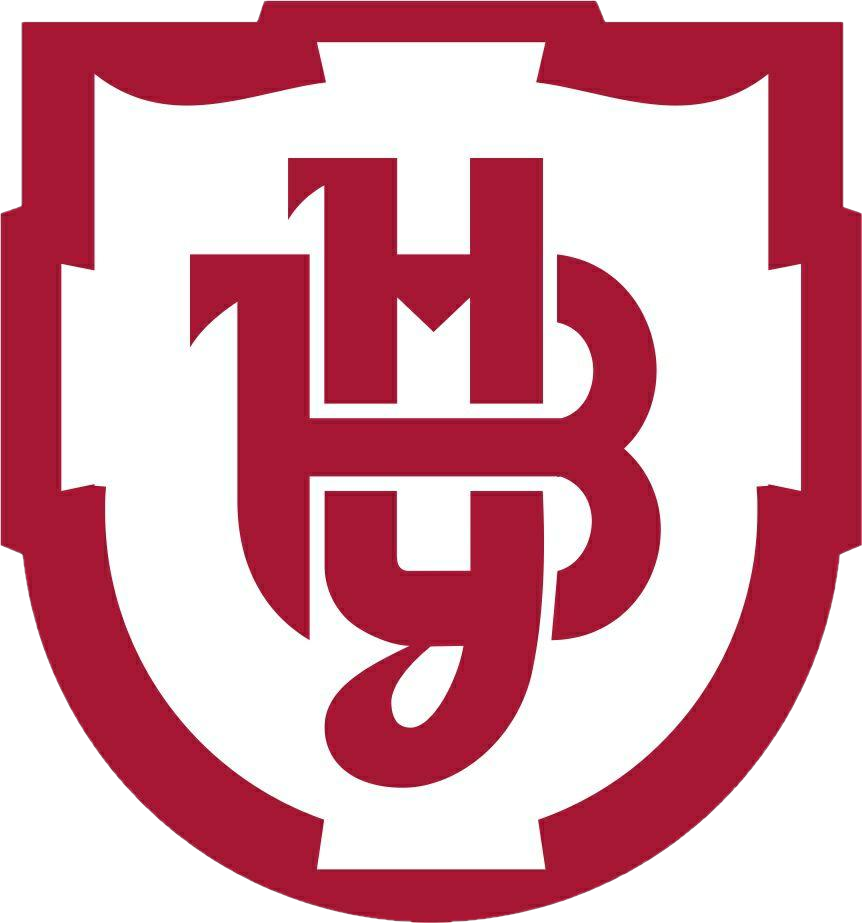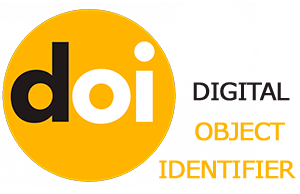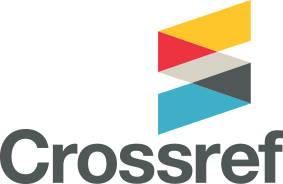UKRAINIAN REALIA IN THE SCIENTIFIC TEXTS: CHALLENGES IN THE RENDERING IN THE GERMAN SCIENTIFIC TEXT (ON THE MATERIAL OF A. KAPPELER’S BOOK «DER SCHWIERIGE WEG ZUR NATION. BEITRÄGE ZUR NEUEREN GESCHICHTE DER UKRAINE»)
Keywords:
realia, onim lexicon, transliteration, loan translation, translation methods, scientific styleAbstract
The article deals with the peculiarities of Ukrainian realia and their rendering in the German scientific text. It gives the classifications of the realia with a historic-semantical and structural focus. The goal and the specific tasks of the article: to characterize realia as a special kind of nonequivalent vocabulary, to analyze their semantic features, and to distinguish semantic groups of realia. The article determines the differences between a realia and a scientific term. Classifications of the main methods that can be used in the rendering of realia, proposed by various scientists, are considered. The article brings forward the analysis of the realia, used in the book of A. Kappeler, a Swiss historian specializing in the study of Russian-Ukrainian relations, Professor of the University of Vienna, member of the Austrian Academy of Sciences (2001), and a foreign member of the National Academy of Sciences of Ukraine (1996), in accordance with the given classifications. The scientist studied the history of Eastern Europe at the universities of Vienna and Zurich.The article approaches the ways of realias’ rendering into German, which can ensure preservation of the national color and organic perception of the text by the recipient. The article emphasizes the importance of binary comparison for the definition of ethno cultural information. Conclusions and prospects for further research. The most frequently used ways of rendering are singled out, the expediency of their application is analyzed. For the rendering of Ukrainian realia, the author was guided by a complex approach, using adaptive transcoding (mainly for the rendering of names), loan translation (for socio-political and onomastic realia). It should be noted that the scientist enforces the material presented with maps and a glossary with explanations of the accepted realia. This provides a more complete presentation of information. The conclusions determine how the author tries to introduce new knowledge about the Ukrainian cultural and historical environment into the mental experience of the German-speaking audience, supplementing and expanding the database of information that is on the verge of one's own and others'. The article also determines the prospects for future research.
References
Бархударов Л. С. Язык и перевод / Л. С. Бархударов. – М. : Международные отношения, 1975. – С. 118–146
Виноградов В. С. Введение в переводоведение (общие и лексические вопросы) // В. С. Виноградов. – М. : Изд. инс-та общего среднего образования РАО, 2001. – 224 с.
Влахов С. Непереводимое в переводе / С. Влахов, С. Флорин. – М. : Международные отношения, 1980. – 340 с.
Зорівчак Р. П. Реалія і переклад (на матеріалі англомовних перекладів української прози) / Р. П. Зорівчак. – Львів : Вид-во при Львів. ун-ті, 1989. – 216 с.
Нелюбин Л. Л. Толковый переводоведческий словарь. – 3-е изд., перераб. – М. : Флинта: Наука, 2003. – 320 с.
Рецкер Я. И. Теория перевода и переводческая практика / Я. И. Рецкер. – М. : Международные отношения, 1974. – С. 59–88
Федоров А. В. Основы общей теории перевода (лингвистические проблемы) / А. В. Федоров. – 4-е изд., перераб. и доп. – М. : Высш. шк., 1983. – 303 с.
Чередниченко О. І. Про мову і переклад / О. І. Чередниченко. – Київ : Либідь, 2007. – 248 с. 9. Kappeler A. Der Schwierige Weg zur Nation. Beiträge zur neueren Geschichte der Ukraine / A. Kappeler. – Wien : Böhlau Verlag, 2003. – 216 S.
Downloads
Published
How to Cite
Issue
Section
License
Copyright (c) 2025 Юлія Ткаченко

This work is licensed under a Creative Commons Attribution 4.0 International License.
